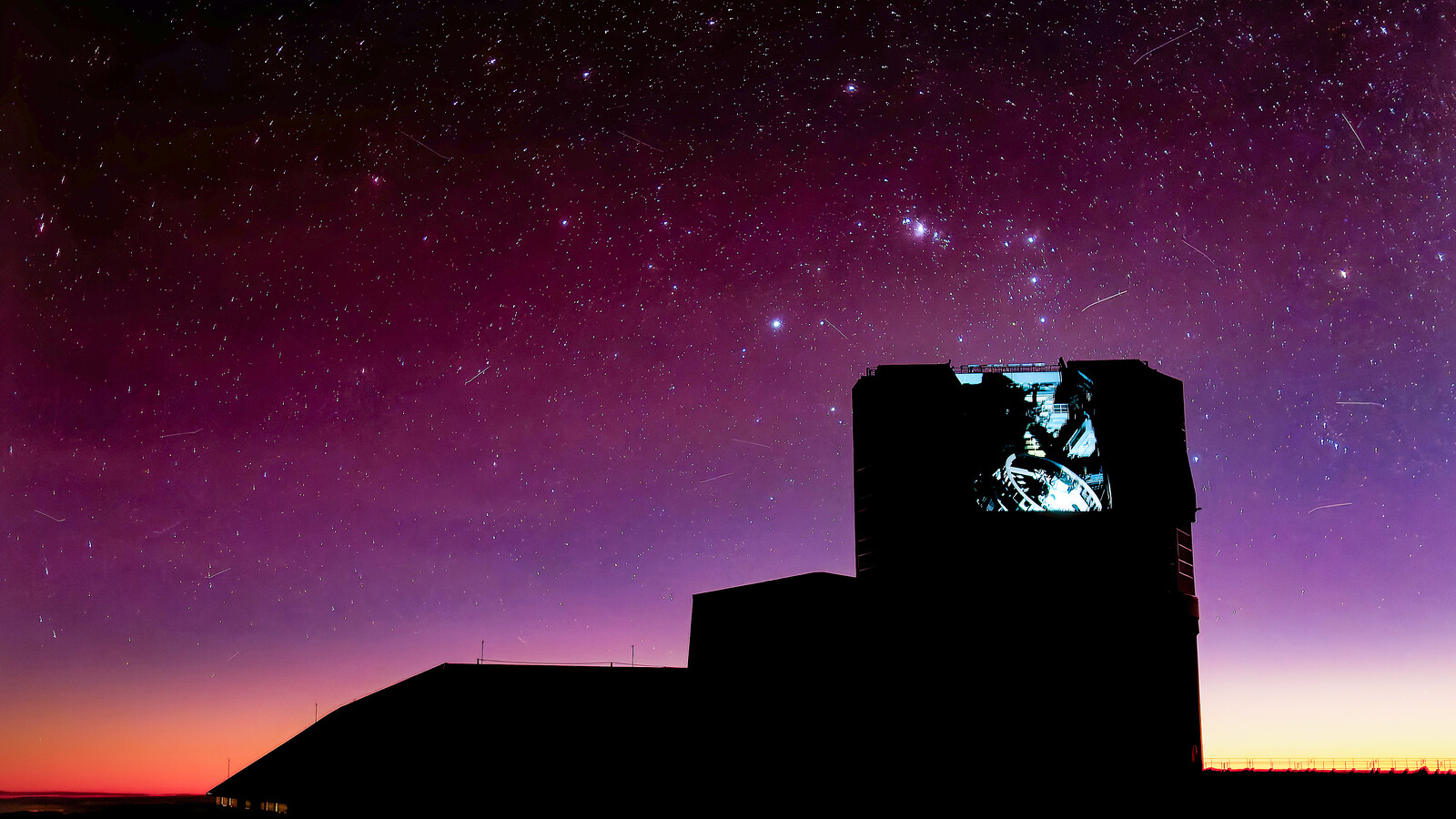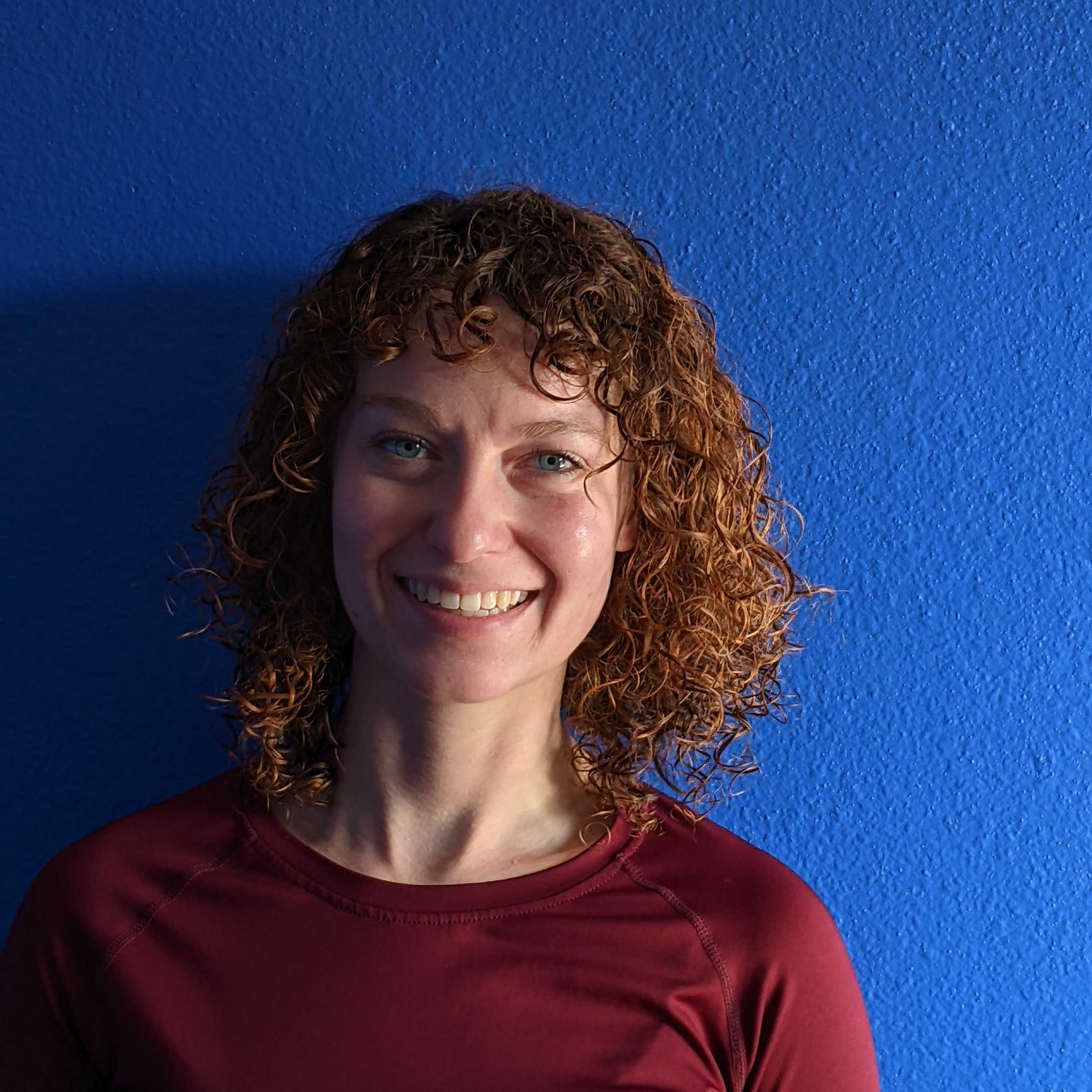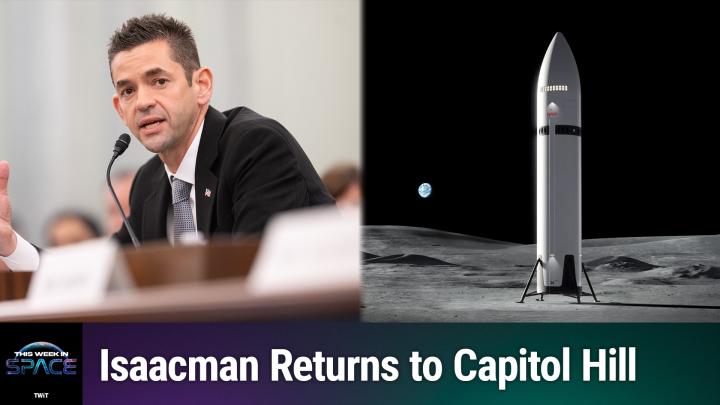Night sky glows purple above Vera Rubin Observatory | Space photo of the day for July 22, 2025
Out in the Chilean Atacama Desert, the observatory has a clearer view thanks to no light pollution.

With no light pollution nearby, the night skies around the Vera Rubin Observatory glow in brilliant colors in this timelapse photo.
What is it?
The Vera Rubin Observatory is designed to study dark matter, which makes up 85% of our universe but is still unknown to scientists. Dark matter can create various effects in space thanks to its gravity, such as lensing, which astronomers can capture with the observatory's telescopes, hoping to find more about what makes up dark matter.
Astronomers are also using these telescopes to study dark energy as well as the Milky Way galaxy and other structures in our universe.
Where is it?
The Vera Rubin Observatory is located in Cerro Pachón in Chile at an elevation of 5,200 feet (1,600 meters) above sea level.
Why is it amazing?
In this image, the observatory's opening can be seen thanks to the glow of its its calibration LEDs. As the telescope scans the skies once every three days with the world's largest digital camera, the calibration process helps ensure all the equipment is working properly.
The observatory has just begun its decade-long Legacy Survey of Space and Time (LSST) mission, where it will repeatedly scan the southern sky. Using the largest camera, the observatory captures detailed images that are so large they require a "data butler" to help manage them. Despite the size, the images could be the key to cracking the case of what dark matter truly is.
Want to learn more?
You can read more about the Vera Rubin Observatory, the legacy of Vera Rubin, and the hunt for dark matter.
Breaking space news, the latest updates on rocket launches, skywatching events and more!
Kenna Hughes-Castleberry is the Content Manager at Space.com. Formerly, she was the Science Communicator at JILA, a physics research institute. Kenna is also a freelance science journalist. Her beats include quantum technology, AI, animal intelligence, corvids, and cephalopods.
You must confirm your public display name before commenting
Please logout and then login again, you will then be prompted to enter your display name.

